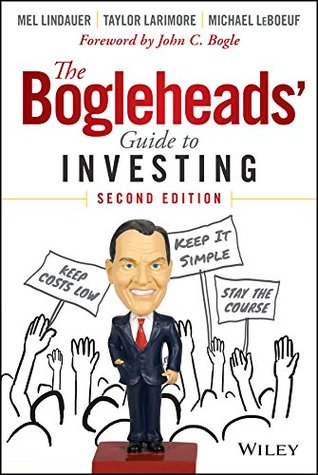More on this book
Community
Kindle Notes & Highlights
We will always read the prospectus to determine the published costs of any fund we are considering.
We will always know a fund’s turnover so that we have an idea of the fund’s hidden transaction costs—the higher the turnover, the higher the cost is likely to be.
The lower rates on qualified dividends increase the tax-efficiency of stocks relative to bonds whose yield is taxed at ordinary income tax rates. For this reason, and the fact that stocks benefit from the lower capital gains tax rates, we generally recommend placing stocks in taxable accounts and bonds in tax-advantaged accounts.
tax-managed funds.
A good source for locating a fund’s tax efficiency rating is www.morningstar.com.
Use only long-term holdings in taxable accounts.
Use index or tax-managed funds in taxable accounts.
redemption fees.
Use $3,000 of the balance (the maximum allowed) to reduce your income reported on the first page of your current income tax return. You are then left with a $1,000 tax-loss balance.
If you decide you want to repurchase your losing fund, you must wait 31 days to avoid a disallowance of your tax loss—called a wash sale. During the 31-day interim period, you can put the proceeds from the sale of the losing fund into a money market fund. Some investors fear being out of the market for 31 days. In that case, buy a similar (but not identical) fund during the 31-day waiting period.
Let’s assume you’re in the 28 percent federal income tax bracket and are considering a 5.75 percent tax-exempt bond fund. In order to see how this 5.75 percent yield compares with the after-tax yield of a similar taxable fund, you simply divide the yield (5.75 percent) by 0.72 (1 less 0.28). The result is 7.99 percent. If an equivalent taxable bond fund is yielding more than 7.99 percent, it’s the better buy; if under 7.99 percent, the tax-exempt fund is probably the better choice.
401(k) Summary Plan Description (SPD)
R-squared
Paralysis by analysis


